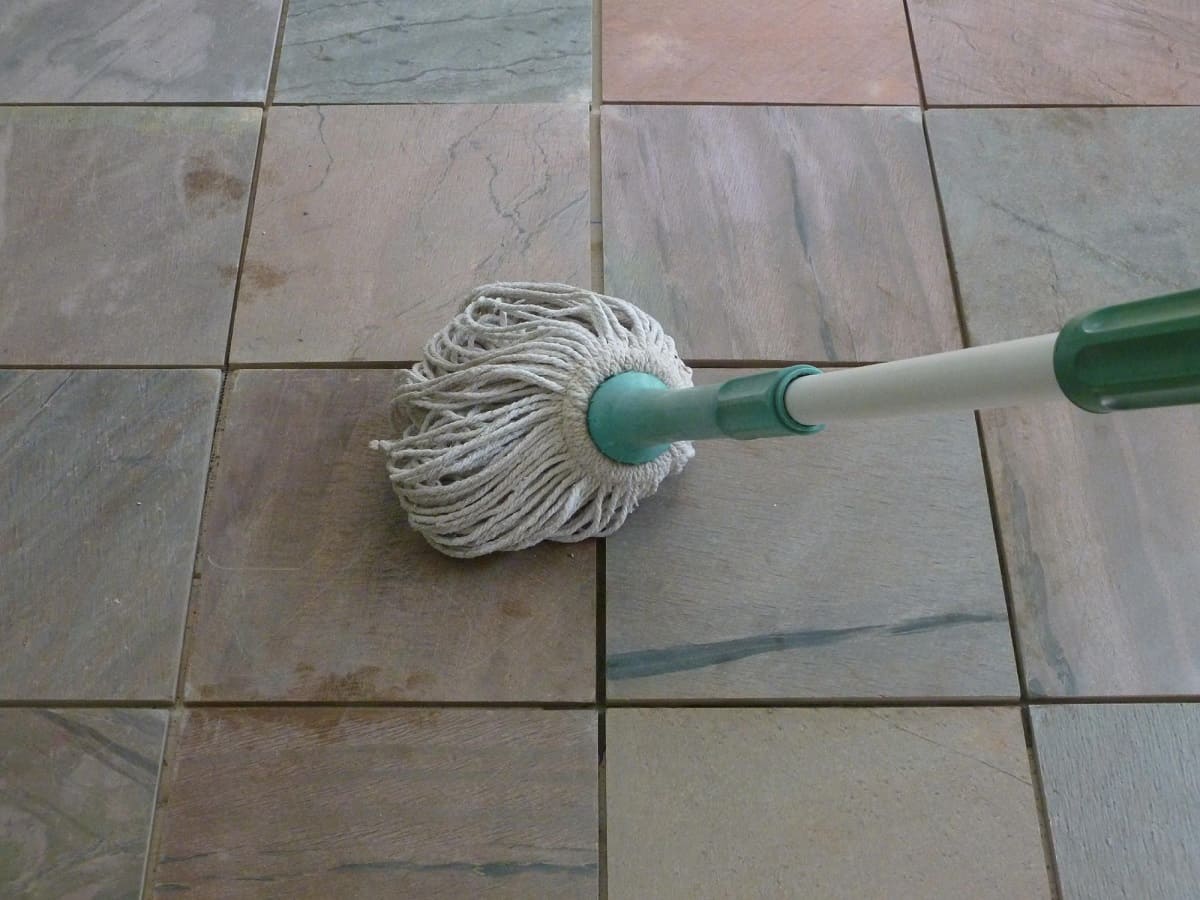

Articles
How To Clean A Slate Floor
Modified: December 7, 2023
Learn the best articles to clean a slate floor to keep it looking beautiful. Discover effective methods and products for a spotless slate floor.
(Many of the links in this article redirect to a specific reviewed product. Your purchase of these products through affiliate links helps to generate commission for Storables.com, at no extra cost. Learn more)
Introduction
Slate floors are a popular choice for homeowners due to their durability, natural beauty, and timeless charm. However, over time, they can accumulate dust, dirt, stains, and grime, making them appear dull and dirty. Regular cleaning and maintenance are essential to preserve the elegance and prolong the lifespan of a slate floor.
In this article, we will guide you through the process of cleaning a slate floor, from gathering the necessary supplies to sealing and maintaining the floor for long-term beauty. By following these steps, you can ensure that your slate floor remains in pristine condition and enhances the overall aesthetic of your living space.
Before we delve into the cleaning process, it’s important to note that different types of slate surfaces may require specific cleaning methods and products. It’s recommended to check with the manufacturer or a flooring professional for any specific instructions or precautions regarding your particular slate floor.
Now, let’s get started on transforming your slate floor from dull to dazzling!
Key Takeaways:
- Transform your slate floor from dull to dazzling by gathering essential supplies, sweeping or vacuuming, preparing a gentle cleaning solution, and mopping with care. Remove stains, dry, buff, and seal for long-lasting beauty.
- Preserve the natural beauty and longevity of your slate floor by following a thorough cleaning process, using gentle cleaning solutions, and maintaining with regular care. Sealing and proper maintenance will ensure a stunning slate floor for years to come.
Read more: How To Clean Outdoor Slate Patio
Gathering the necessary supplies
Before you begin the cleaning process, it’s important to gather all the necessary supplies. This will ensure that you have everything you need at hand, making the cleaning process more efficient and effective. Here are the essential supplies you’ll need:
- Soft-bristle broom or vacuum cleaner: Start by removing loose dirt, dust, and debris from the slate floor surface. A soft-bristle broom or a vacuum cleaner with a soft brush attachment is ideal for this task. Avoid using stiff bristles as they may scratch the surface of the slate.
- Mild detergent or pH-neutral stone cleaner: Choose a cleaning solution that is specifically formulated for slate floors. Avoid using harsh chemicals or acidic cleaners, as they can damage the slate and strip away its natural shine.
- Mop or microfiber cloth: Use a mop or a microfiber cloth for cleaning the slate floor surface. Microfiber cloths are preferred as they are gentle on the slate and effectively pick up dirt and grime.
- Bucket: Fill a bucket with warm water to dilute the cleaning solution.
- Soft towels or rags: These will be used for drying and buffing the floor after cleaning.
- Protective gloves: It is advisable to wear protective gloves to protect your hands from any potential skin irritation caused by the cleaning solution.
By ensuring you have all these supplies readily available, you can proceed with confidence to deep clean your slate floor.
Sweeping or vacuuming the floor
Before you begin mopping your slate floor, it’s important to remove loose dirt, dust, and debris from the surface. This can be done through sweeping or vacuuming. Here’s how:
- If you choose to sweep, use a soft-bristle broom and gently sweep the floor in long, sweeping motions. Start from one corner of the room and work your way towards the opposite corner. Be careful not to apply too much pressure, as it may cause scratches on the slate surface.
- If you prefer to vacuum, make sure to use a vacuum cleaner with a soft brush attachment specifically designed for hard floors. This attachment prevents any potential damage to the slate surface. Again, start from one corner of the room and work your way across, overlapping the vacuum strokes for thorough cleaning.
- Pay attention to the edges and corners of the room, as dirt tends to accumulate in these areas. Use a small handheld brush or attachment to remove any dirt and debris from difficult-to-reach spots.
By sweeping or vacuuming your slate floor, you effectively remove surface-level dirt and prevent it from spreading during the mopping process. This step ensures a cleaner and more effective deep cleaning of your slate floor.
Preparing the cleaning solution
Now that you’ve cleared the debris from your slate floor, it’s time to prepare the cleaning solution. It’s important to use a mild detergent or a pH-neutral stone cleaner specifically formulated for slate floors. These gentle cleaners will effectively remove dirt and grime without damaging the natural beauty of the slate. Follow these steps to prepare the cleaning solution:
- Fill a bucket with warm water. Make sure it’s not too hot, as extreme temperatures can cause the slate to crack or discolor.
- Add the recommended amount of mild detergent or stone cleaner to the bucket, as indicated on the product’s instructions. Avoid using excessive amounts of cleaner, as it may leave behind a residue on the floor.
- Gently stir the water to create a soapy solution. Be careful not to create too many suds, as excessive soap can leave a film on the slate surface.
Once you’ve prepared the cleaning solution, you’re ready to move on to the next step of mopping the slate floor.
Note: If you prefer to use natural cleaning solutions, you can substitute mild detergent with a mixture of warm water and vinegar or warm water and lemon juice. These natural solutions can also effectively clean and maintain the slate floor.
Mopping the slate floor
Now that you have your cleaning solution prepared, it’s time to start mopping your slate floor. Follow these steps for a thorough and effective cleaning:
- Dip your mop or microfiber cloth into the cleaning solution, ensuring it is well soaked but not dripping.
- Start mopping the slate floor, working in small sections. Begin from one corner of the room and move methodically across the floor.
- Use gentle, circular motions to clean the slate surface. This helps to loosen dirt and grime and ensures a thorough clean.
- Pay extra attention to any stubborn stains or high-traffic areas. You can gently scrub these areas with a soft-bristle brush or a sponge to remove any deep-seated dirt or grime.
- As you clean each section, periodically rinse the mop or cloth in the bucket of cleaning solution. This helps to avoid spreading dirty water across the floor.
Continue mopping the entire slate floor, making sure to cover all areas. Take your time and be thorough, especially in areas that are more prone to dirt and stains.
Once you’ve finished mopping, allow the floor to air dry for a few minutes before moving on to the next step of removing stains and grime.
Use a soft-bristle brush or a mop with warm water and a mild detergent to clean a slate floor. Avoid using acidic or abrasive cleaners that can damage the surface. Dry the floor thoroughly to prevent water spots.
Read more: How To Polish Slate Countertops
Removing stains and grime
Even with regular cleaning, stains and grime can still accumulate on a slate floor. To effectively remove these stubborn marks and restore the natural beauty of your floor, follow these steps:
- Identify the type of stain: Different stains may require different stain removal techniques. Common types of stains on slate floors include oil-based stains, food stains, water stains, and rust stains.
- Prepare a stain-specific cleaning solution: Depending on the type of stain, you can use different cleaning agents. For oil-based stains, consider using a poultice made from a mixture of baking soda and water. For food stains, you can try using a paste made from hydrogen peroxide and baking soda. For water stains, a mixture of white vinegar and warm water can be effective. And for rust stains, a commercial rust stain remover may be necessary.
- Apply the cleaning solution: Gently apply the stain-specific cleaning solution to the affected area using a soft cloth or sponge. Allow the solution to sit for a few minutes to penetrate the stain.
- Gently scrub the stained area: Use a soft-bristle brush or sponge to gently scrub the stain in a circular motion. Be careful not to apply too much pressure, as it may scratch the slate surface.
- Rinse the area: Once you have scrubbed the stain, rinse the area with clean water to remove any residue left behind by the cleaning solution.
- Dry the floor: Use a soft towel or cloth to dry the area thoroughly. This step is important to prevent any water spots from forming on the slate surface.
By following these steps and using the appropriate cleaning solutions, you can effectively remove stains and grime from your slate floor, keeping it looking clean and beautiful.
Drying and buffing the floor
After cleaning and removing stains from your slate floor, it’s important to properly dry and buff the surface to enhance its shine and prevent any water spots or streaks. Follow these steps to ensure your slate floor dries evenly and looks its best:
- Use a clean, dry and soft towel or cloth to gently pat dry the floor. Make sure to remove all excess moisture from the surface.
- Avoid walking on the freshly cleaned floor until it is completely dry to prevent footprints or smudges.
- If you have a large area to clean, consider working in small sections to ensure each part is properly dried before moving to the next.
- Once the floor is dry, you can use a soft microfiber cloth or mop to gently buff the surface. This will help to bring out the natural shine of the slate and give it a polished appearance.
- Use circular motions when buffing to evenly distribute the polishing effect. Take your time and be thorough, paying attention to any areas that may require extra attention.
- Continue buffing until you achieve the desired level of shine and smoothness.
By properly drying and buffing your slate floor, you’ll ensure that it looks its best and maintains its natural beauty. Regular buffing can also help to reduce the appearance of small scratches and imperfections on the surface.
Remember, it’s essential to use gentle and non-abrasive materials when drying and buffing to avoid scratching or damaging the slate.
Sealing and maintaining the slate floor
Sealing your slate floor is an important step to protect it from stains, spills, and daily wear and tear. A sealant creates a protective barrier that helps to repel liquids and prevents them from seeping into the slate. Follow these steps to seal and maintain your slate floor:
- Ensure the floor is thoroughly clean and completely dry before applying the sealant. Any dirt or moisture trapped under the sealant can affect its effectiveness.
- Choose a high-quality slate sealer that is specifically designed for your type of slate floor. There are various types of sealers available, such as penetrating sealers and topical sealers. It’s best to consult with a flooring professional to determine which type is most suitable for your slate floor.
- Read and follow the instructions provided by the sealer manufacturer. Apply the sealant using a clean, non-abrasive applicator, such as a soft cloth or brush.
- Apply the sealant in thin, even coats, working in small sections. It’s important to avoid applying too much sealer, as it may cause a hazy or uneven appearance.
- Allow the sealant to dry completely before applying additional coats. The drying time will vary depending on the specific sealant product, so refer to the manufacturer’s instructions for guidance.
- After the final coat, allow the sealant to cure according to the manufacturer’s instructions. This period ensures that the sealant fully bonds and provides maximum protection to the slate floor.
To maintain your slate floor’s beauty and longevity, follow these tips:
- Regularly sweep or vacuum the floor to remove loose dirt and debris.
- Wipe up any spills or liquids promptly to prevent staining.
- Use a pH-neutral stone cleaner or mild detergent to clean the floor periodically. Avoid using harsh or abrasive cleaners that can damage the sealant.
- Avoid using wax or oil-based polishes on sealed slate floors, as they can create a buildup and dull the surface.
- Place rugs or mats in high-traffic areas to minimize wear and tear on the slate floor.
By following these steps and maintaining your sealed slate floor, you can enjoy its beauty and durability for years to come.
Conclusion
Cleaning and maintaining a slate floor is essential to preserve its natural beauty and longevity. By following the steps outlined in this article, you can ensure that your slate floor remains in pristine condition and continues to enhance the overall aesthetic of your living space.
Remember to gather all the necessary supplies before starting the cleaning process. Sweeping or vacuuming the floor will help remove loose dirt and debris, preparing it for a deeper clean. Preparing the cleaning solution with mild detergent or a pH-neutral stone cleaner is crucial to protect the slate’s natural shine.
Mopping the slate floor in small sections using gentle circular motions is an effective way to remove dirt and grime. For stubborn stains, identify the type and use stain-specific cleaning solutions to target and eliminate them. Drying the floor thoroughly and buffing it with a soft cloth or mop will help restore its shine.
Sealing the slate floor provides an added layer of protection against stains and spills. Regular maintenance, such as sweeping, wiping spills promptly, and using pH-neutral stone cleaners, will help maintain the floor’s beauty and extend its lifespan.
Proper care and attention to your slate floor will ensure that it remains a stunning focal point in your home for years to come. So roll up your sleeves, gather your supplies, and give your slate floor the love and care it deserves!
Frequently Asked Questions about How To Clean A Slate Floor
Was this page helpful?
At Storables.com, we guarantee accurate and reliable information. Our content, validated by Expert Board Contributors, is crafted following stringent Editorial Policies. We're committed to providing you with well-researched, expert-backed insights for all your informational needs.
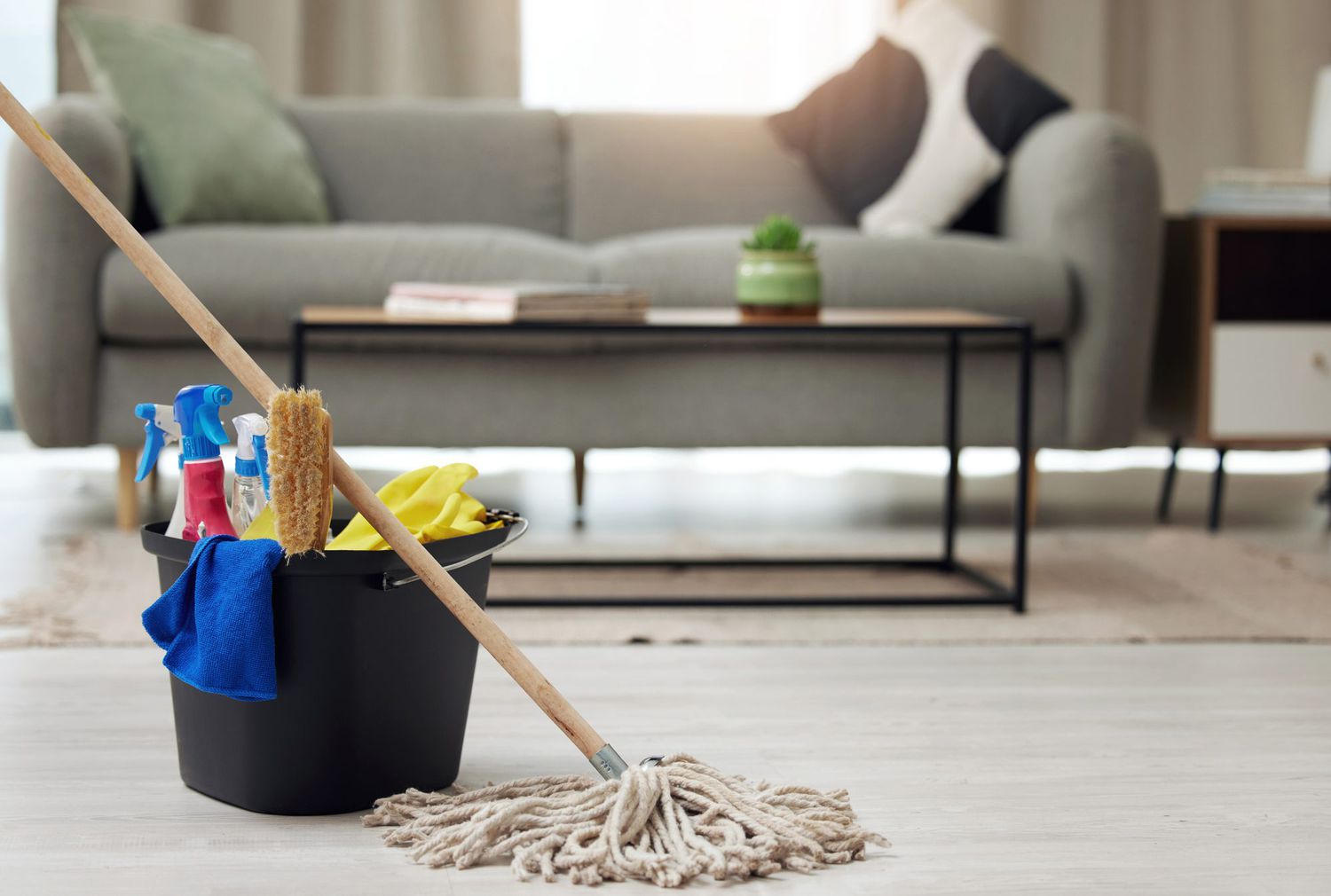
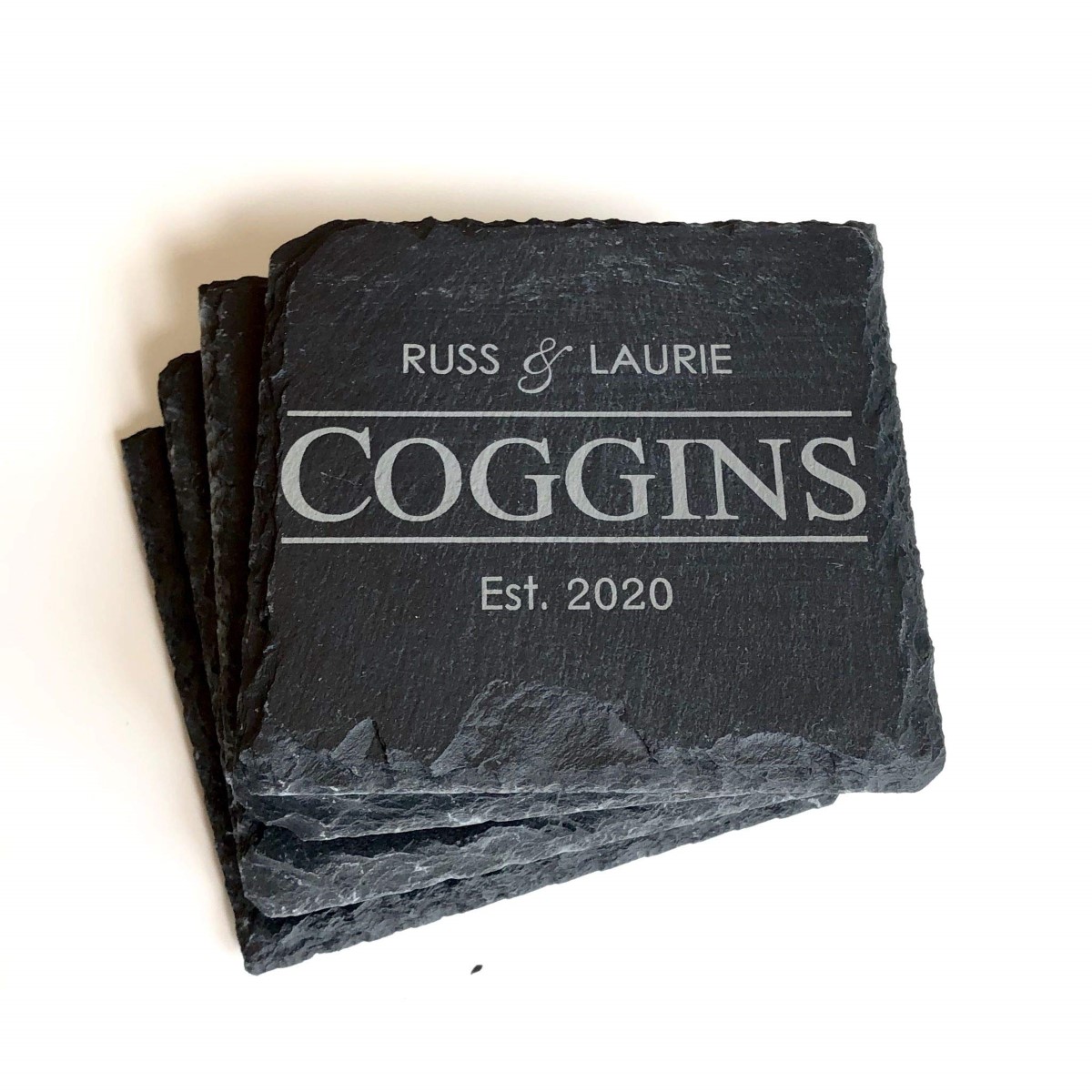
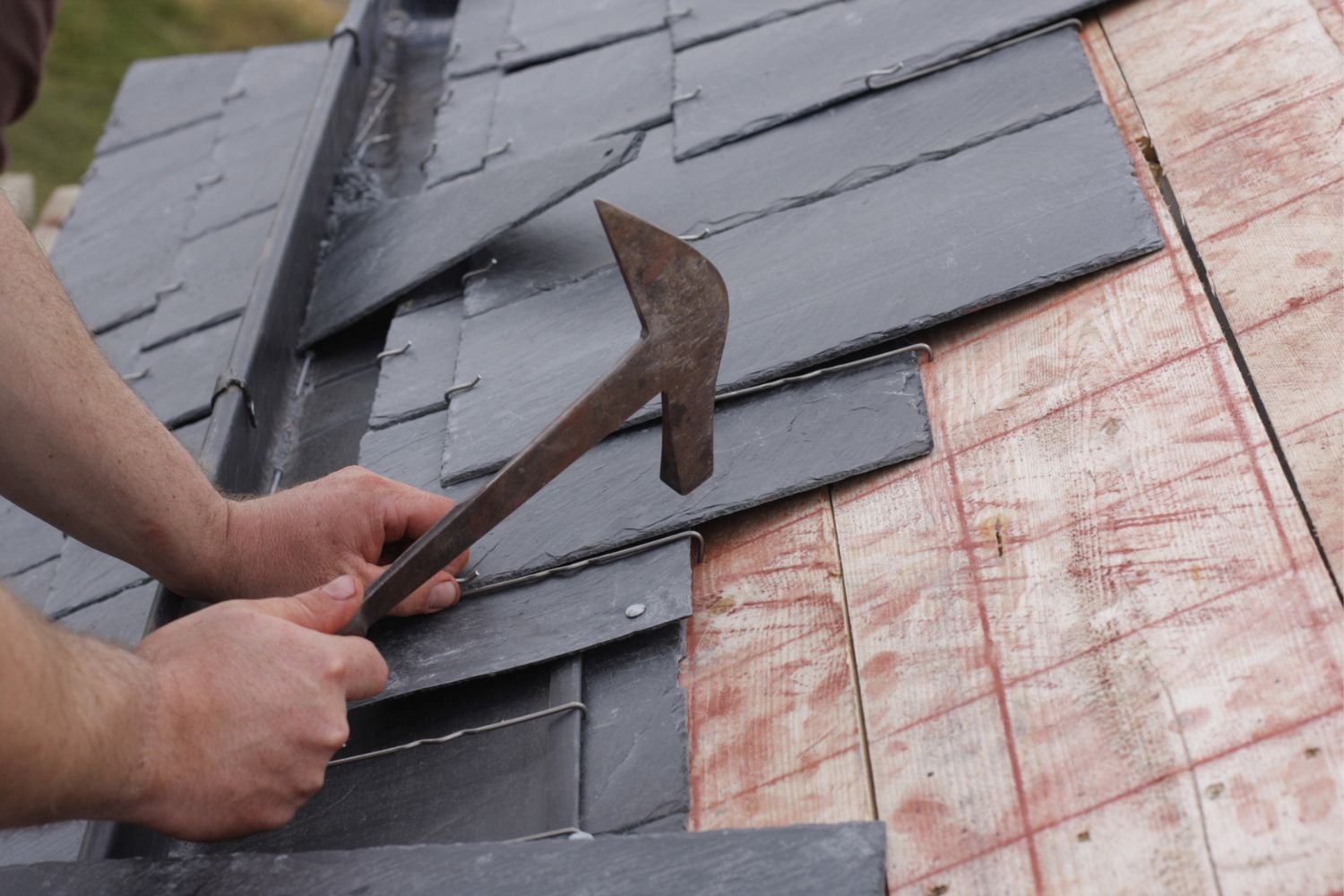
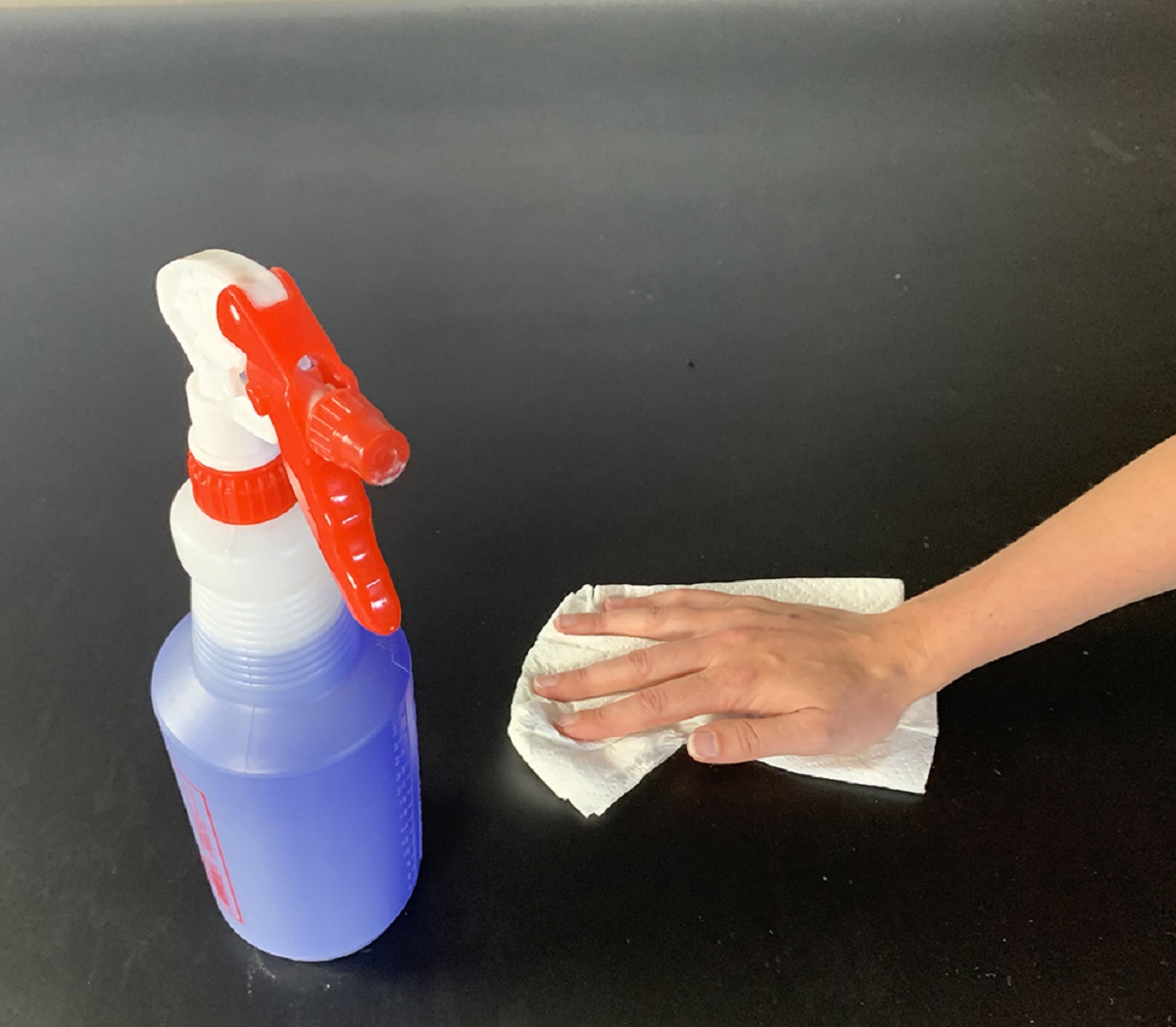
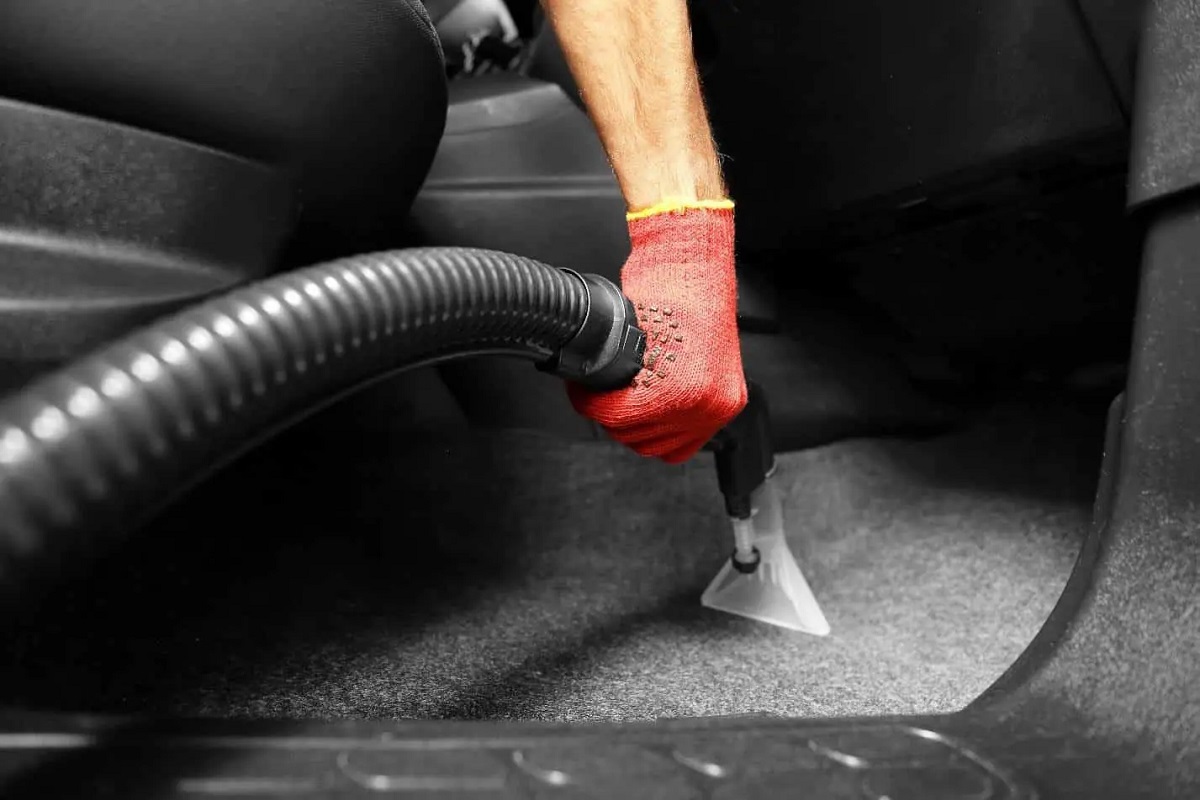
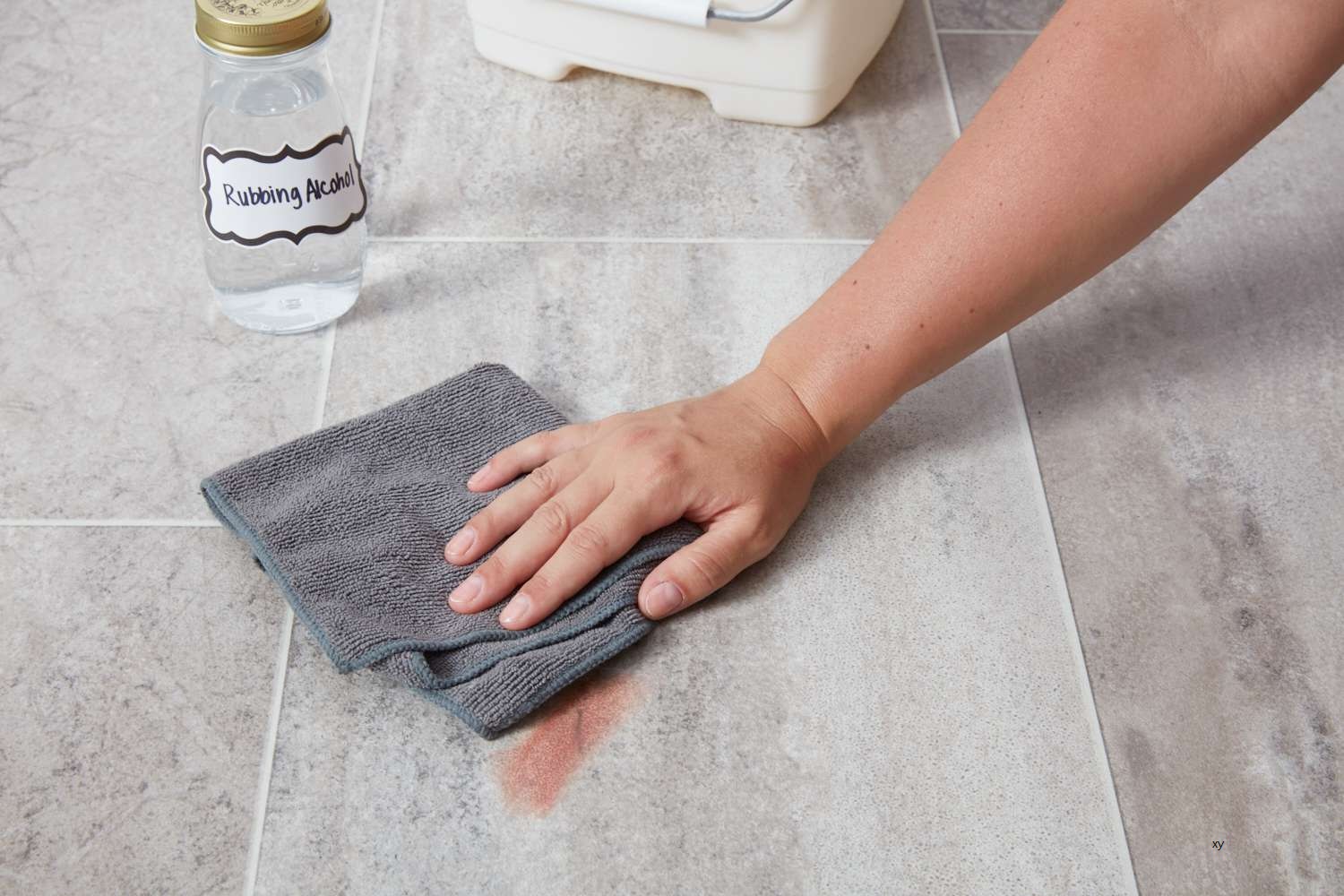
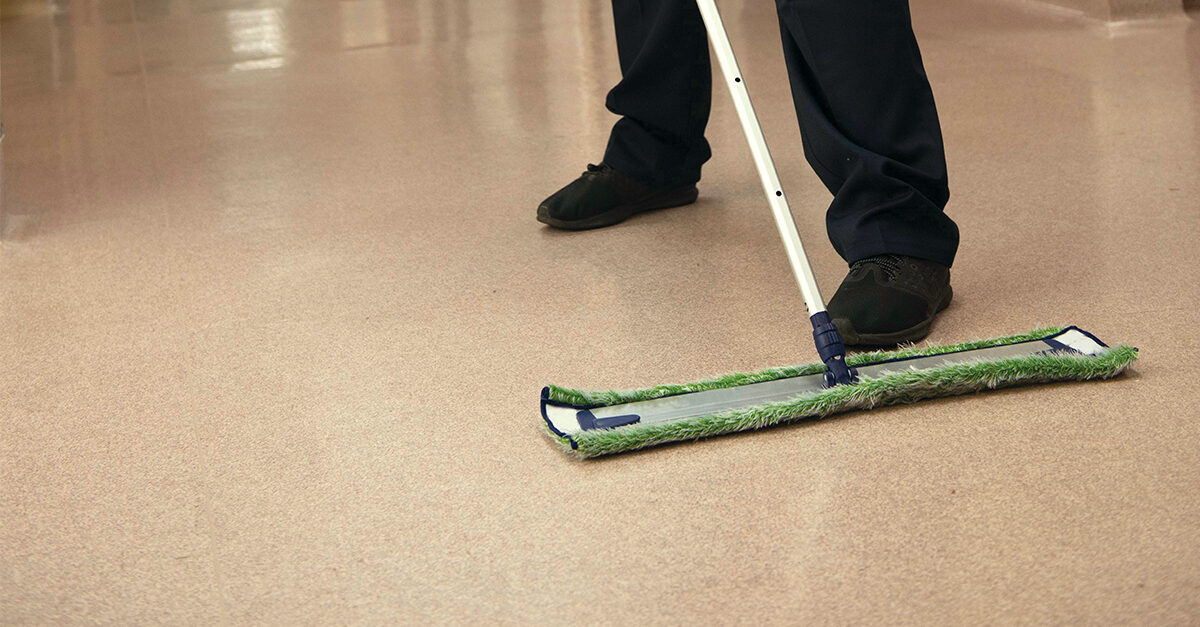
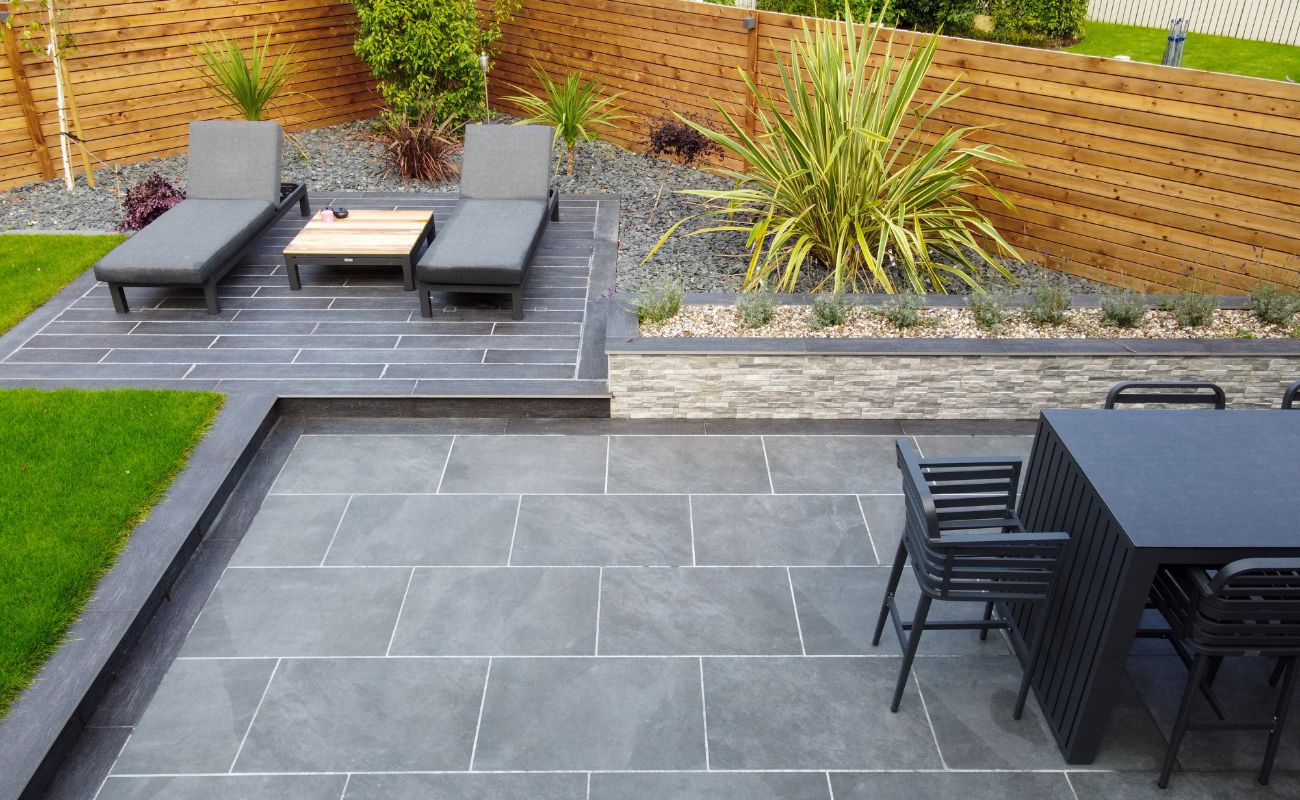
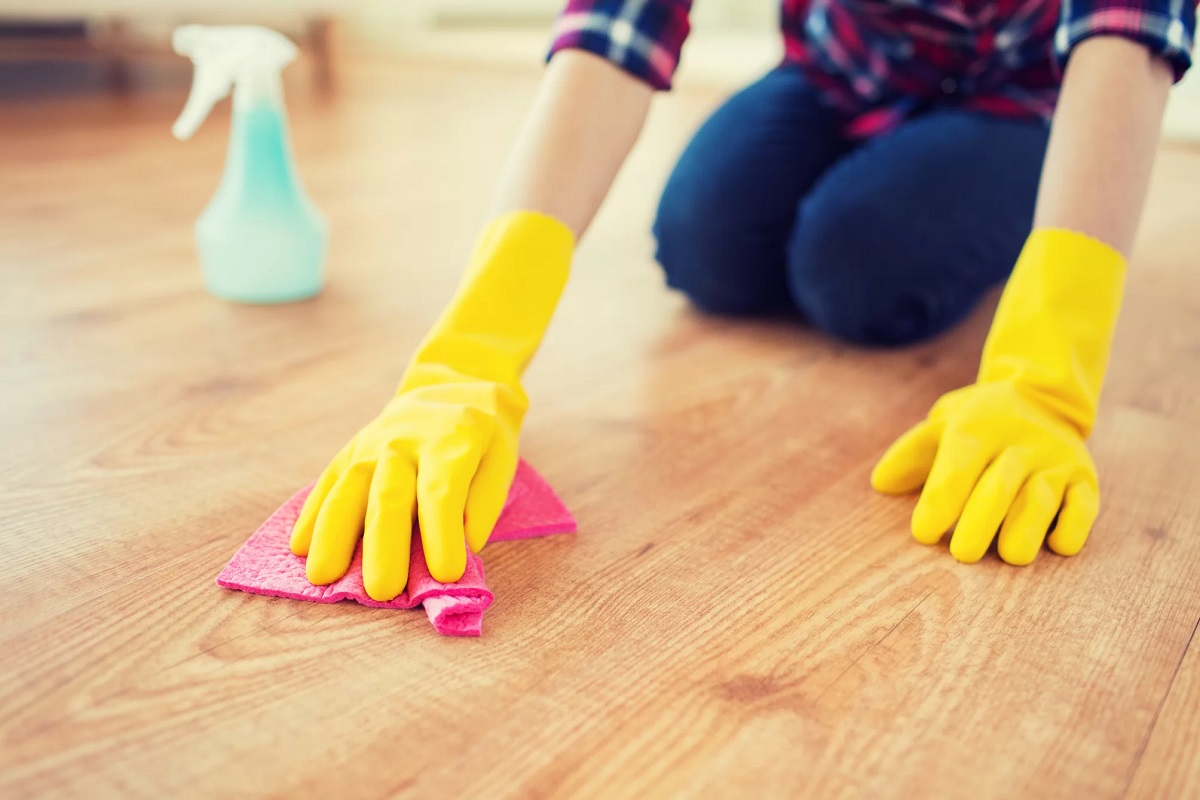
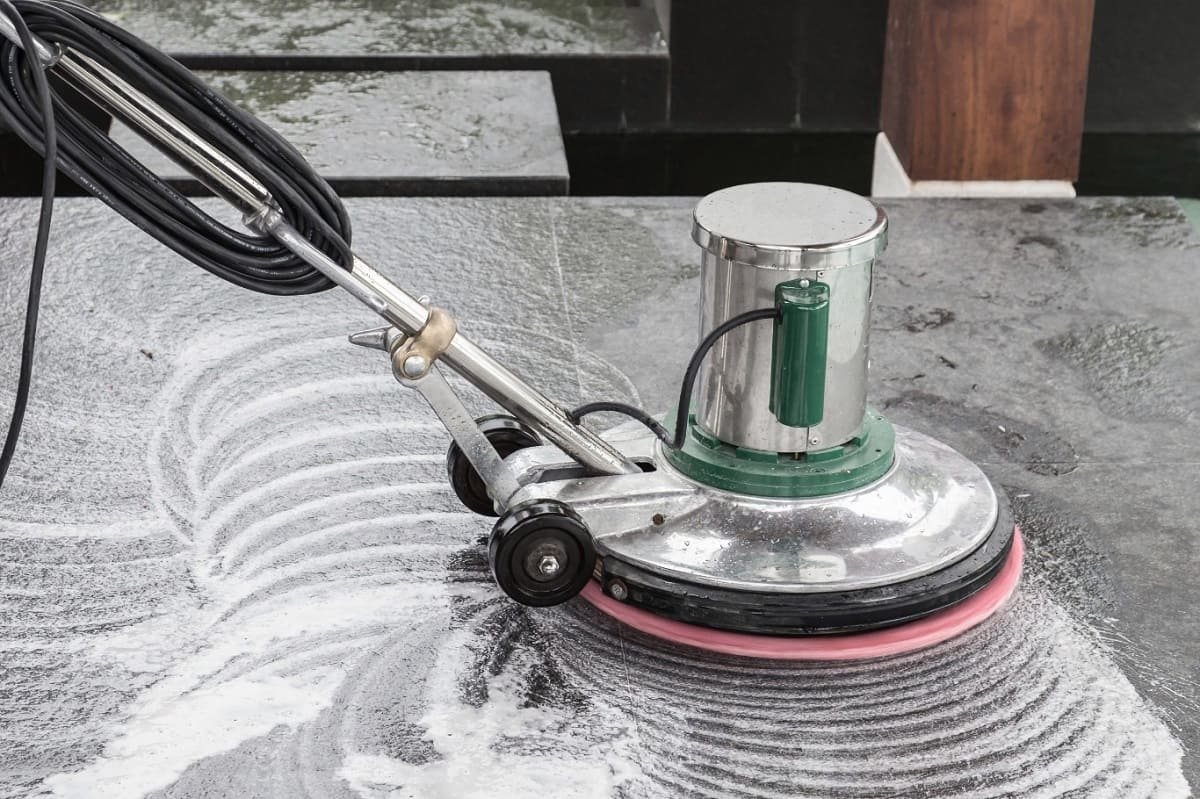
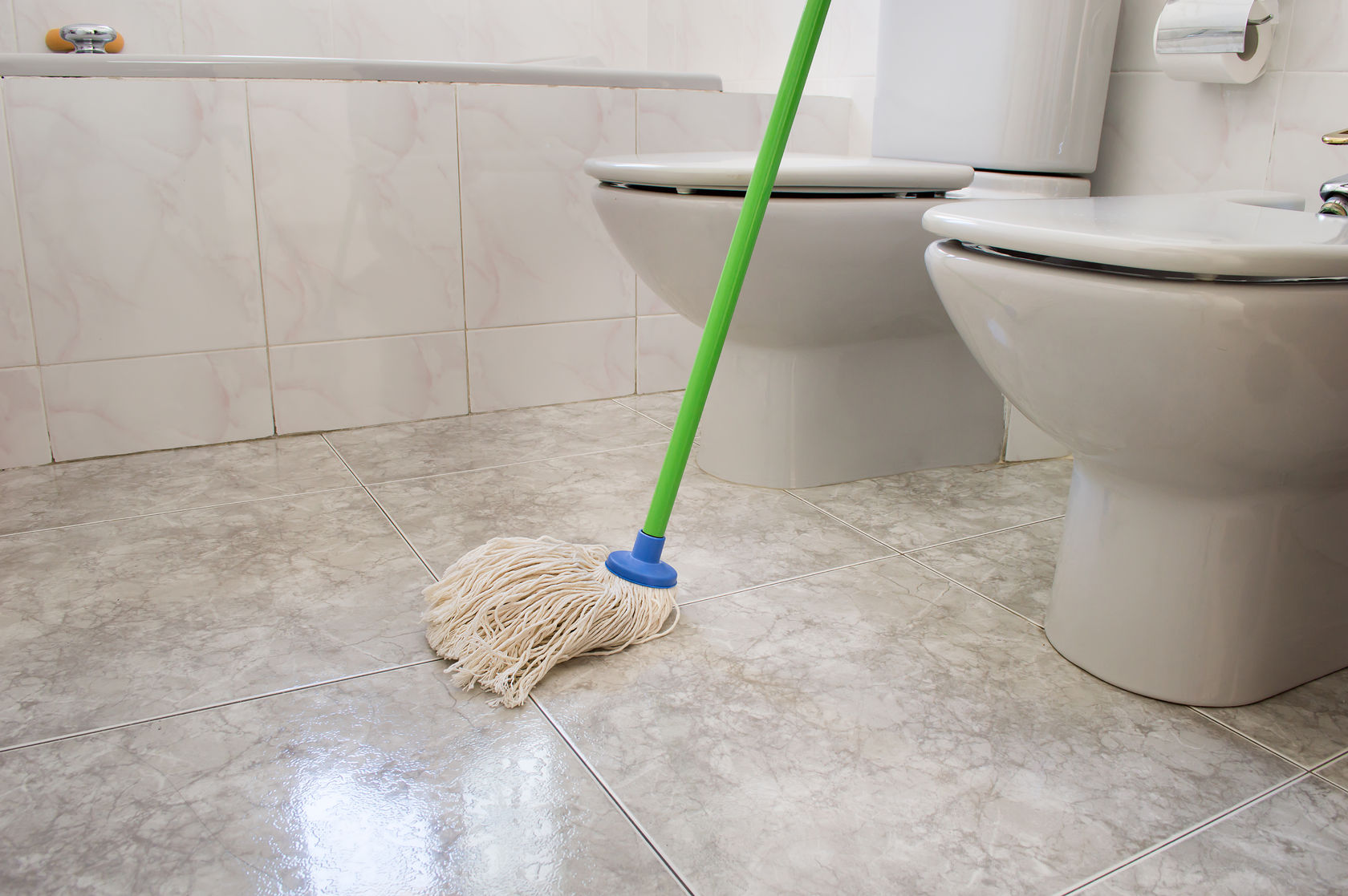
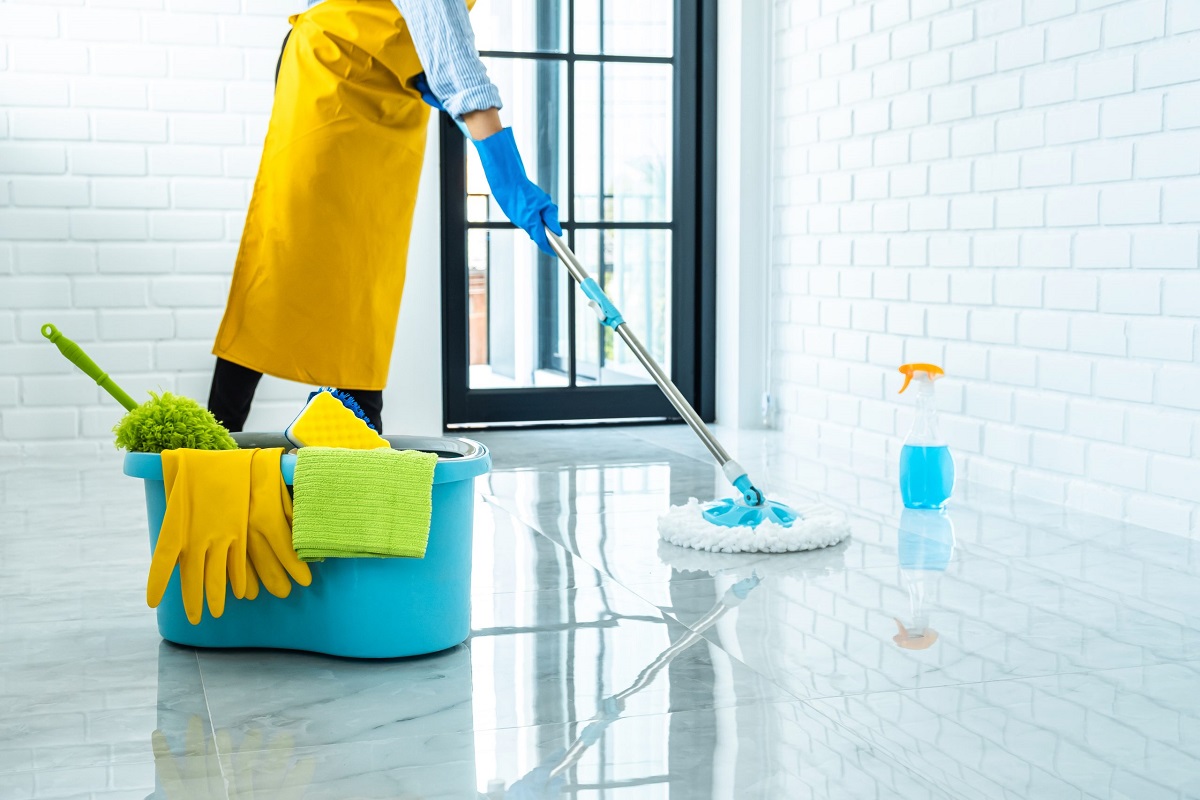
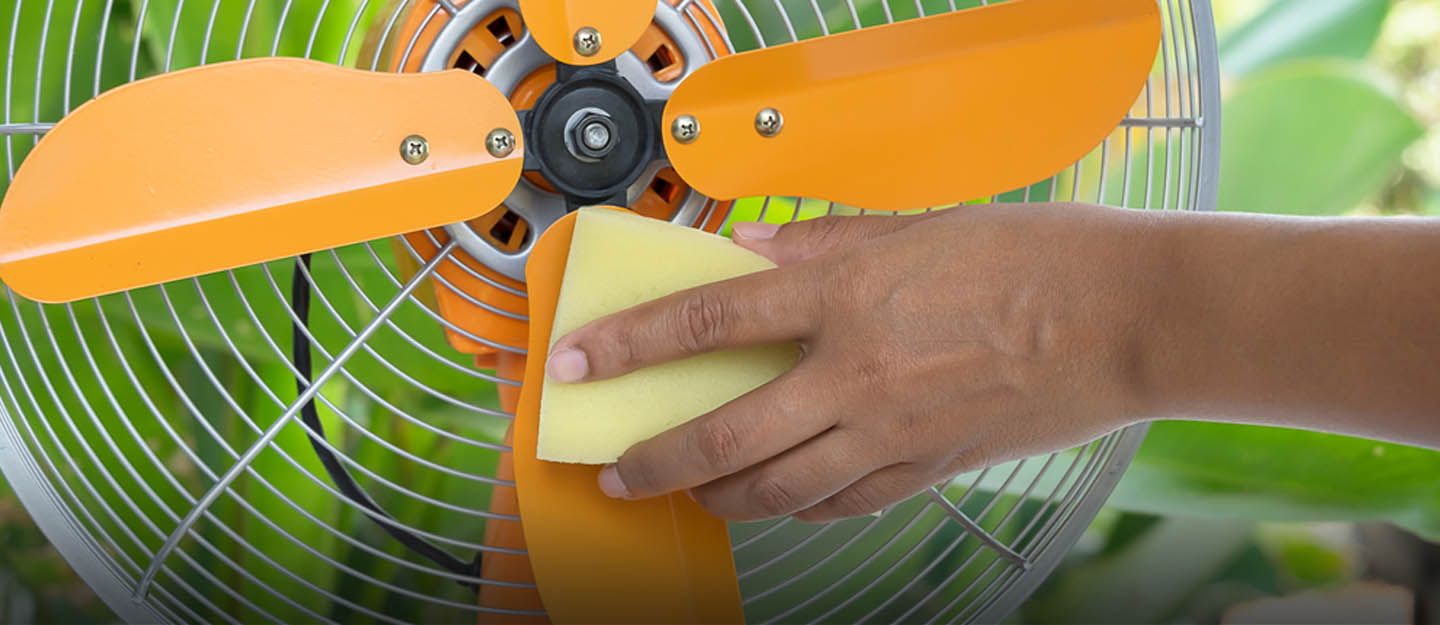
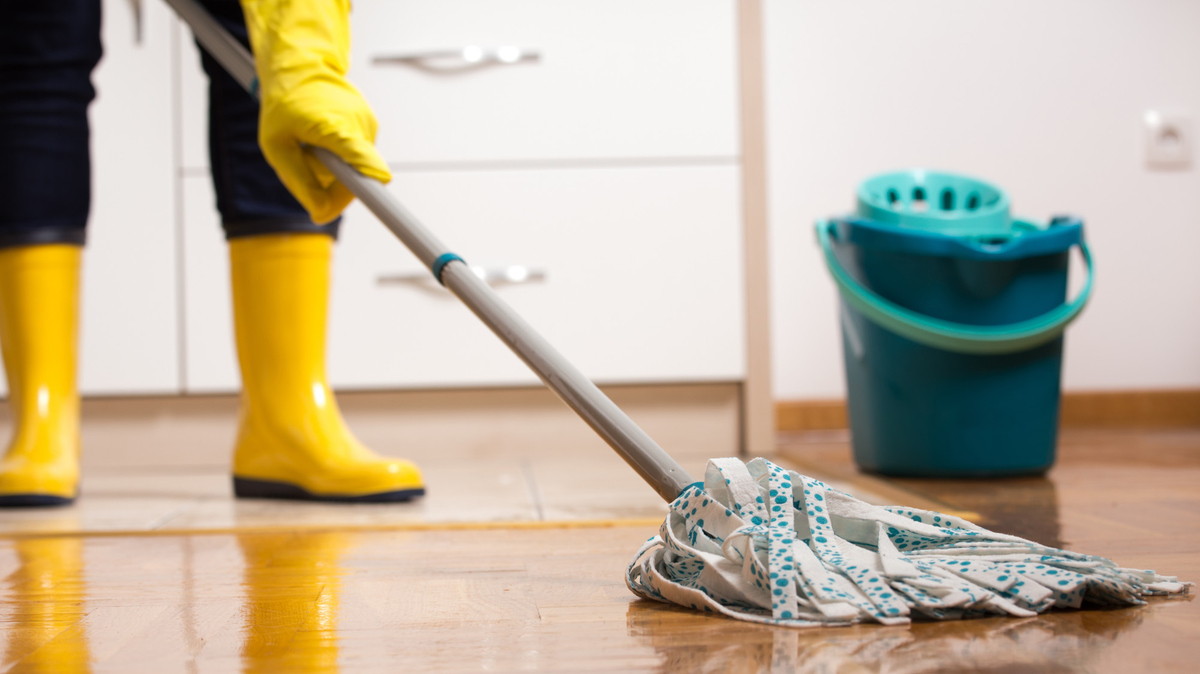

0 thoughts on “How To Clean A Slate Floor”